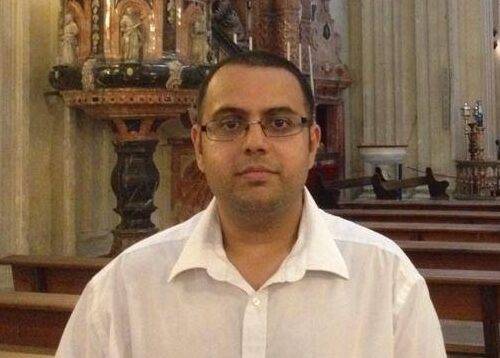Tahrir Hamdi’s new book Imagining Palestine: Cultures of Exile and National Identity explores the variety and complex ways that Palestinian writers, thinkers, activists and intellectuals have connected their memories to both the present and the future. If anyone is exiled, they are robbed of the chance to form new memories, and if they cannot form new memories, they must answer the question of who they are and what they are becoming in another way. The act of imagining the homeland takes on a new radical purpose and this is the essence of Hamdi’s book. As Mourid Barghouti is quoted as saying: “But, I tell myself, no reality cancels out imagination. Reality waylays us quickly but gives rise in the mind of further imagining.”
What are the different ways that imagination works according to Hamdi? She opens by asking, “Palestine is alive and well in the Palestinian psyche, but where is Palestine today?” Turning to different writers — Edward Said, Nur Masalha, Mourid Barghouti, Mahmoud Darwish, Ghassan Kanafani, Suheir Hammad, Susan Abulhawa, Naji Al-Ali, Leila Khaled and others — to answer this question, what comes across is the sheer plurality of answers being offered.
Take the idea of beginnings, or where Palestine begins, for example. Hamdi points out that while Palestinians have at least 4,000 years of history in the land, and different writers recognise and celebrate this history, both Said and Masalha don’t think of Palestine as having one beginning at a fixed point; they claim that it has different and multiple beginnings at both the political and cultural levels. The author argues that both approaches represent different “Palestines”; that there is no single, pure Palestine, but there is constant invention and reinvention, which are “historical, secular and have a concrete existence in reality.” This contrasts with the Zionist narrative which relies on a “mythical” promised land, an uncorrupted single origin that relies on supposed divine right. This sense of multiple beginnings is just one of the ways that Palestinians imagine Palestine. “This book proposes to imagine Palestine post the 1948 catastrophe — an imagining that means to reconstruct after catastrophe, after rupture, after annihilation, a picking up the pieces and beginning — again.”
Hamdi observes that, “Palestinian narratives, whether memoirs or novels, are writing that preserve the memory of personal and national identity against the natural process of forgetting.” The need to preserve memories is to push up against “memoricide”, which is the process of erasing the history of one people and writing the history of another people over it. “The actual and cultural genocide of Palestine, then, is what led intellectuals, such as Said, to lament that the Palestinian story must continue to be told because it, unlike other narratives, does not have an ‘institutional existence’.”
They Called Me a Lioness: A Palestinian Girl’s Fight for Freedom
Thus, narratives and personal memories serve as both a museum and an archive for Palestinians, and this is a key part of the function of imagining. Forgetting the Palestinian narrative is a major concern for many intellectuals and Hamdi points out that the title of Mahmoud Darwish’s poems often reflect this anxiety. “In ‘Mural’, Darwish, realising the fragility of Palestinian existence, orders his poetic voice to ‘Write to be. Read to find. If you wish to speak, you must take action.’ The poet emphasises the importance of documentation.”
Literature plays a key role in shaping Palestinian consciousness, Hamdi argues, drawing upon the work of Ghassan Kanafani: “For Kanafani then, the writer’s cultural resistance can create a resistant consciousness in Palestinian society, equipped with the required ‘steeliness’ that is absolutely necessary for armed struggle.” In Kanafani’s view, cultivating consciousness through literature helps the armed struggle and so Palestinian literature serves a practical function.
Imagining Palestine… ties together different threads from different writers in trying to answer the question of what Palestine is and how imagination plays a role in the creation of a national consciousness. Imagination in Hamdi’s view is not a fictional thing, but an attempt to reconnect the empirical reality of Palestine with the different meanings of Palestinian-ness. Palestinian history is diverse, messy and plural precisely because it is rooted firmly in the real world, which Hamdi contrasts with the pristine singularity from which Zionism, using the Bible, traces the origins of Israeli statehood.
As Hamdi shows, the writers and thinkers are not only concerned with the past, but are also thinking about what Palestine could be. The notion of multiple beginnings which the likes of Masalha and Said suggest, means that the idea of Palestinian-ness will continue to evolve and change, and this is a necessity. Thinking about what this all means is what Imagining Palestine… will equip the reader to grapple with.












